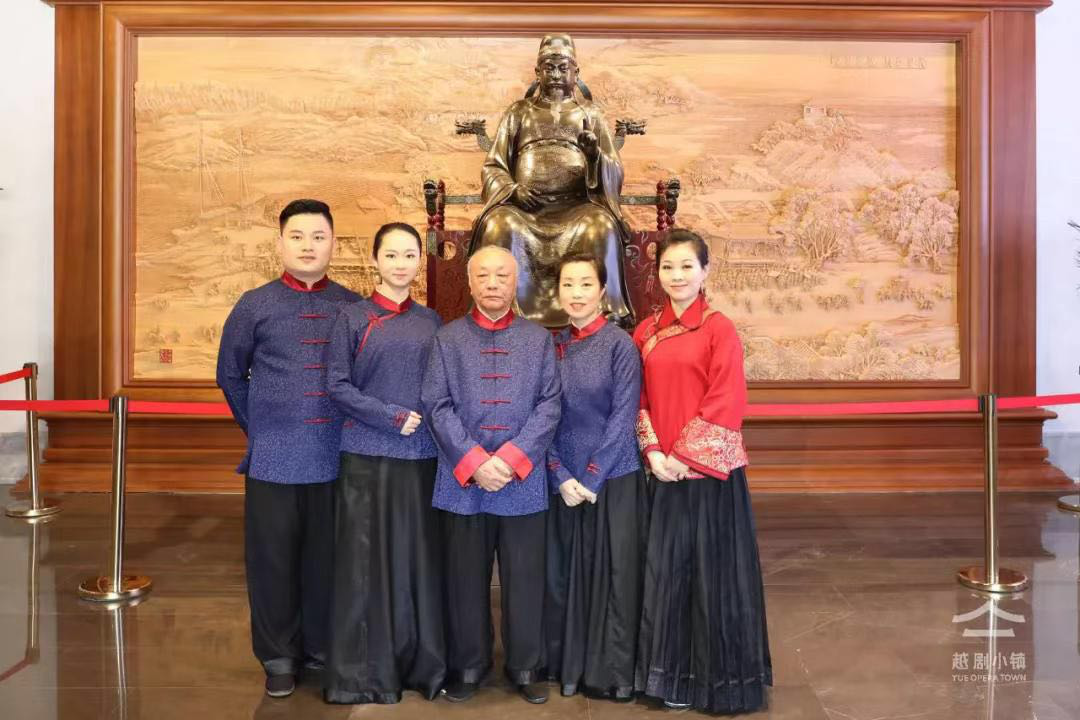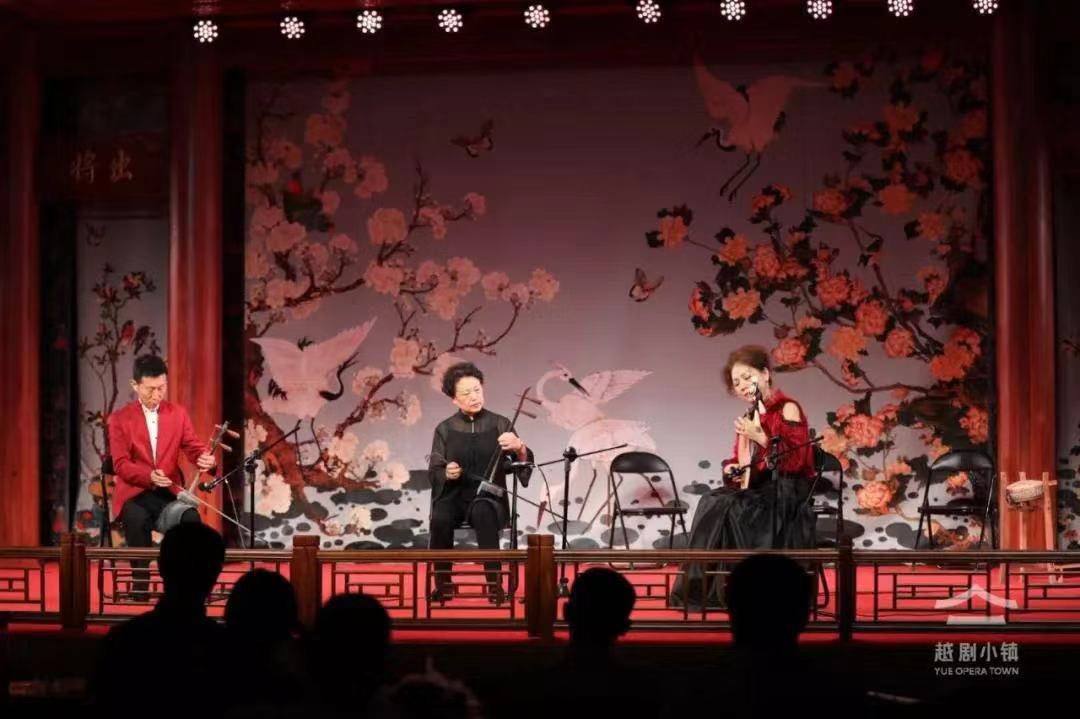Music in May
From May 1 to 3, 2019, during public holiday of the International Workers Day, Yue Opera Town held the “Music in May: Intangible Cultural Heritage Concert”.
The concert covered Nanyin Music of Fujian, China, Khoomei of Inner Mongolia, Peking Opera music, Celadon Ou Music of Zhejiang, and traditional music from northern India.
Among them, Nanyin Music was included in the UNESCO Intangible Cultural Heritage list in 2009. It is a style of ancient Han music with a history of about 1000 years, retaining a large number of tunes from Tang and Song dynasties and playing time-honored instruments such as clapper, shakuhachi, southern pipa, and Xiqin. Khoomei was also included in the UNESCO Intangible Cultural Heritage list in the same year. It is a Mongolian-specific single-person multi-sound performing art that has been passed down from the 13th century, with one person performing harmonies with two or more parts. Peking Opera was included in the UNESCO Intangible Cultural Heritage list in 2010. When the Peking Opera fiddle and the Ruan (a plucked stringed instrument) as well as the percussion instruments of Peking Opera bands were separated from Peking Opera itself and became an independent performance style, the advantages of various instruments and the characteristics of Peking Opera music itself were highlighted. Celadon Ou Music became popular with the development of Yue Kiln, with the celadon bowl fired in Yuezhou Kiln becoming the main instrument. And the corresponding music system was later developed.
It is worth mentioning that there was also a band “Color of the Thar Desert” that brought traditional music from northern India. The band demonstrated another style with Sarangi accompanied by drums. Historically, India and China have a time-honored history of cultural exchanges. Now the two countries are also similar in some social conditions to a certain extent. For example, due to the urbanization and thriving tourism of rural areas, traditional art is often neglected without necessary preservation. Therefore, music is not only an important channel to maintain the vitality of tradition and to involve young people in the tradition, but also a way that artists can use to name their tradition. The band was recommended to come to the Yue Opera Town by Devaiah, an Indian Council Member of the International Theatre Town Alliance.
Five different styles of music were performed on the stage of the ancient opera house, echoed and admired by the audience. The band “Color of the Thar Desert” also performed in an outdoor venue. Their Tuva sanxian performance with the Mongolian actor Ounier followed by impromptu interactions pushed the atmosphere to the crescendo.
In addition to the concert, Ms. Lei Qun’an, famous Yueqin and Zhongruan player, Mr. Zhao Jianhua, national first-class performer and Peking Opera fiddle performer, Mr. Ounier, the famous Khoomei singer of the Inner Mongolia National Art Theatre Folk Music Troupe, and Mongol stringed instrument Matouqin player, and members of the Cixi Celadon Ou Music Band took turns to introduce the music they play in the form of speeches and workshops at 10 a.m. every morning, which drew music closer to the public and attracted the children’s interest.
Music is a reflection of a nation’s soul, and the promotion of different types of music listed as intangible cultural heritage is an effort to maintain cultural diversity. Yue Opera Town is committed to the protection of intangible cultural heritage. We retain the legacy of history for the sake of the future.

Group photo of inheritors of Nanyin Music from Quanzhou, Fujian in front of the opera god


Zhao Jianhua, Wang Yingkui, and Lei Qun’an (from left to right), three inheritors, were playing Peking Opera music

Performance of the Cixi Celadon Ou Music Band at the ancient opera house

Outdoor: Performance of the Indian band “Color of the Thar Desert”
